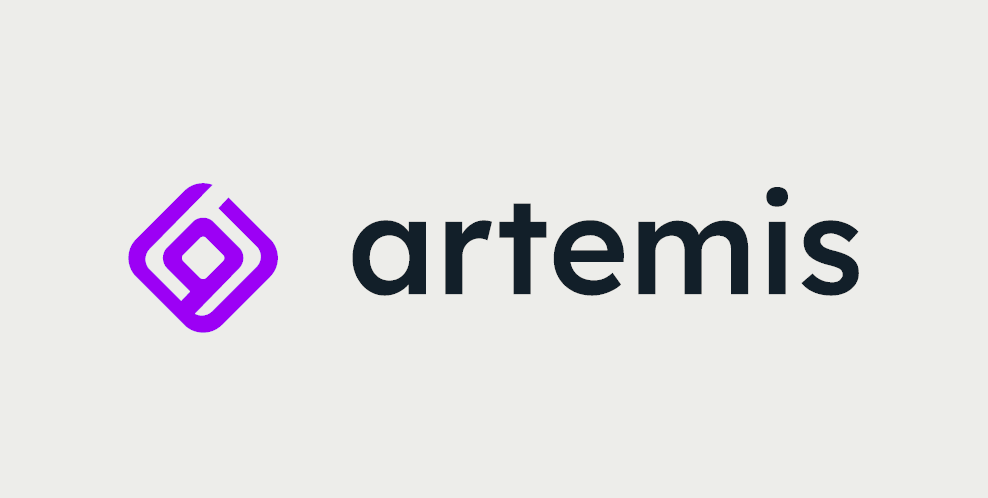-
APT28 campaign targeting Polish government institutions

CERT Polska is observing a malicious e-mail campaign targeting Polish government institutions conducted by the APT28 group.
Read more -
Cybersecurity Unites Across Borders: FETTA Project Launched to Strengthen EU Cyber Threat Intelligence

One of the key cybersecurity challenges in Europe is reducing reliance on threat intelligence from non-EU countries. The FETTA (Federated European Team for Threat Analysis) project aims to address this issue by creating a federated team that spans across borders, providing Cyber Threat Intelligence (CTI) products and tooling.
Read more -
The Artemis security scanner

Artemis is an open-source security vulnerability scanner developed by CERT PL. It is built to look for website misconfigurations and vulnerabilities on a large number of sites. It automatically prepares reports that can be sent to the affected institutions. Thanks to its modular architecture, it can be used to combine the results of various other tools in a single dashboard.
Read more -
Russian Foreign Intelligence Service (SVR) Cyber Actors Use JetBrains TeamCity CVE in Global Targeting

CERT Polska, Polish Military Counterintelligence Service (SKW), and external partners assess Russian Foreign Intelligence Service (SVR) cyber actors, also known as APT 29, the Dukes, CozyBear, and NOBELIUM/Midnight Blizzard, are exploiting CVE-2023-42793 at a large scale.
Read more -
Malware stories: Deworming the XWorm

XWorm is a multi-purpose malware family, commonly used as RAT. This post contains a detailed analysis and walk-through the reverse-engineering process.
Read more -
Unpacking what's packed: DotRunPeX analysis

When, what and why As a national CERT we analyse all kinds of incidents. Some of them involve widespread APT campaigns, othertimes we just focus on everyday threats. Recently we got notified about a new malspam campaign targeting Polish users and decided to investigate. It all started with this phishing …
Read more -
CERT Polska will contribute to the CVE vulnerability database

From the beginning of August, CERT Polska, as the only institution in Poland and one of 7 CERTs in Europe, can assign CVE numbers, which are used to identify, define, and catalog publicly disclosed cybersecurity vulnerabilities.
Read more -
Malspam campaign delivering PowerDash – a tiny PowerShell backdoor

In late April we observed a malspam campaign delivering a previously unseen PowerShell malware. We decided to provide an overview of the campaign and some of the malware capabilities. We're also dubbing this malware family as "PowerDash" because of the "/dash" path on C2 server, used as a gateway for bots.
Read more -
A tale of Phobos - how we almost cracked a ransomware using CUDA

For the past two years we've been tinkering with a proof-of-concept decryptor for the Phobos family ransomware. It works, but is impractical to use for reasons we'll explain here. Consequently, we've been unable to use it to help a real-world victim so far. We've decided to publish our findings and tools, in hope that someone will find it useful, interesting or will continue our research. We will describe the vulnerability, and how we improved our decryptor computational complexity and performance to reach an almost practical implementation.
Read more -
Artemis vulnerability scanner is now open source

The Artemis vulnerability scanner is now open source! Artemis is a tool developed by the CERT Polska team and initiated by the KN Cyber science club of Warsaw University of Technology. The tool is built to find website misconfigurations and vulnerabilities on a large scale. Thanks to its modular architecture, it can combine the results of various other tools in a single place.
Read more